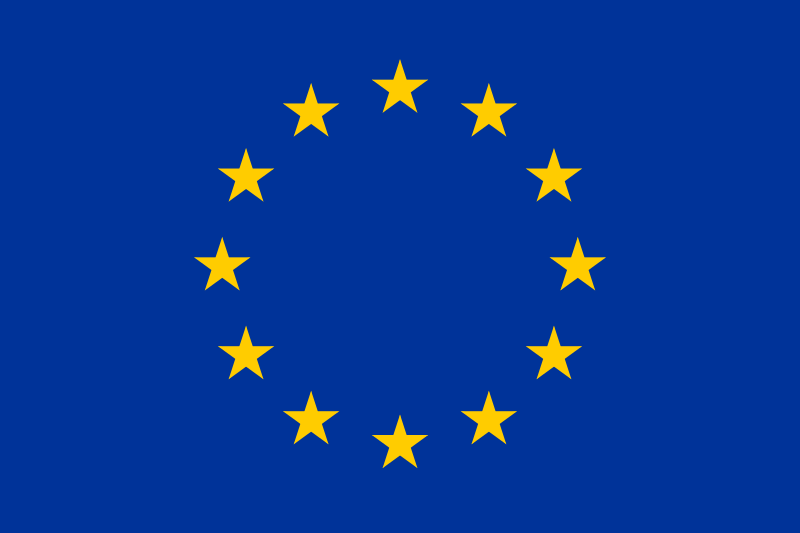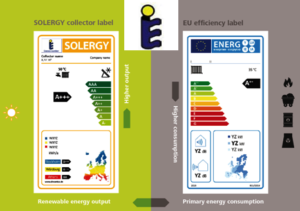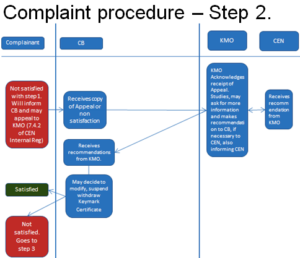Europe: 10 Years of Solar Keymark – 1,600 Collector and 220 System Certificates
June 27, 2014
At the beginning of June, the European Solar Thermal Industry Federation celebrated the 10th anniversary of Solar Keymark at its Intersolar Europe booth in Munich, Germany. Solar Keymark is a well-established certification scheme and label all across Europe and has been viewed as an exemplary model by countries and regions outside Europe as well. Today, there are around 1,600 different certified collectors and about 220 solar thermal systems, all listed in an online database. The chart shows the countries with the highest number of certificates for locally produced or locally offered collectors. China ranks third with 162 Solar Keymark collectors, after Germany (425) and Austria (211). 16 % of the collectors come from outside the 28 EU countries and Switzerland.
Figure: Solar Keymark
The Solar Keymark scheme was developed by the European Solar Thermal Industry Federation (ESTIF) and the European Committee for Standardization (CEN) in close co-operation with leading European test labs and certification bodies and with support by the European Commission. The label was meant to facilitate the medium- and long-term growth of the European market by certifying solar thermal products of high quality. “We never expected that the scheme would become so successful,” Jan Erik Nielsen, one of the initiators of the Solar Keymark label and Secretary of the Solar Keymark Network, said. “Today, we cover around 90 % of the European market for solar collectors.”
Growing number of certificates increases market competition
However, the high number of collector certificates, which add up to 1,600 different certified low-temperature collectors, has left the industry with a dilemma: In the boom year of 2008, the label could only be found on 1,000 different collectors. While the annually sold collector area in Europe has decreased year by year since then, the number of certified collectors has risen by 60 % in the meantime. The growing number of suppliers has, in turn, increased market competition. For example, China has been able to more than double its number of certified collectors since 2008, from 66 to 162.
Nielsen also presented the current milestones of the Solar Keymark scheme:
- The Solar Keymark label is now also available for the controller and the storage tank.
- The first certificates for custom-built solar thermal systems according to DIN EN 12977 are expected over the next months. Other than factory-made systems, custom-built ones can be certified based on component tests instead of system tests.
- SHAMCI, the Solar Heating Arab Mark and Certification Initiative, is following the example of Solar Keymark in its aim to establish a network, as well as regional certification bodies and standards that can be implemented at national level.
- Last but not least: The Solar Keymark Network experts are also driving the global certification of solar collectors. The final version of collector testing standard EN ISO 9806 was approved by the international standard committees CEN/TC 312 and ISO/TC 180 with more than 90 % of the votes in the middle of September 2013. To establish a global label, the regulations now have to be finalised during meetings in Beijing, China, in October 2014. Jan Erik Nielsen expects the first global certificates for the second half of 2015.
More information:


